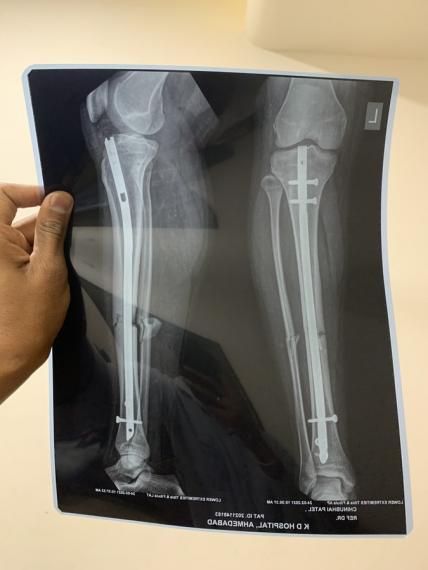Research to Uncover Bias in Computer Vision

As much as it is easier for humans to describe the content of photographs, summarize a video and recognize a face, the more complex it is for computers to do the same. Dr Neil Bruce who is an associate professor in the School of Computer Science is exploring the research on Computer Vision. This research is expected to lead to technologies that transform our lives, including technologies from self-driving cars to the diagnosis of diseases.
Convolutional neural network (CNNs) are the kind of Machine Learning algorithm that allows a computer to see an image, classify it and presents the possibilities to learn from it. When a computer is presented with an image, it tends to distinguish among its unique features. Although the distinguishing of the features is a simplistic algorithm process, the background and the angle of the image tends to complicate things. Recent studies have shown that CNN technology is biased towards classifying an image based on its texture, rather than its shape.
Bruce and the other researchers conducted experiments to understand how computers detect an object’s shape in an image. They used an image database to explore what type of shape the computers use to distinguish between the elements in an image, where the information occurs and when during the process the learning occurs.
CNNs are made up of many layers of artificial “neurons”, which includes the mathematical functions of inputs and outputs. The researchers found that a CNN learns shape information early in the process of image identification. The results also indicated that the ability of CNNs to correctly identify shapes in an image resides within the final layers of the network of neurons. And, finally, they systematically removed shape-texture-specific neurons and found that while it was doing that, it impacted the system’s accuracy.
Bruce in his words said that the study has revealed some of the important mechanisms that characterize a network’s ability to examine shape information within an image. The findings of this research are expected to lead to more trustworthy computer vision algorithms that are going to be critical in cases where computer vision is used to make life-altering decisions, such as cancer diagnoses.
To learn more about the research, read the full article on Uncovering Bias in Computer Vision